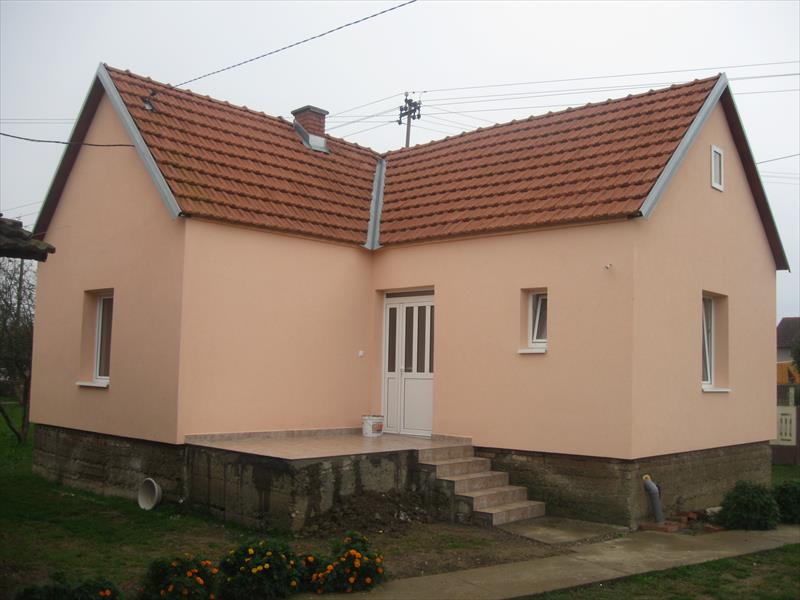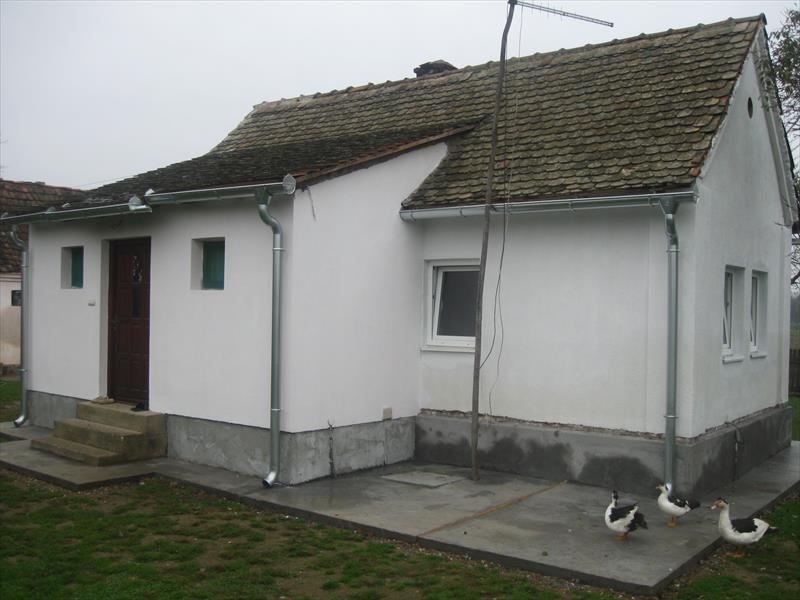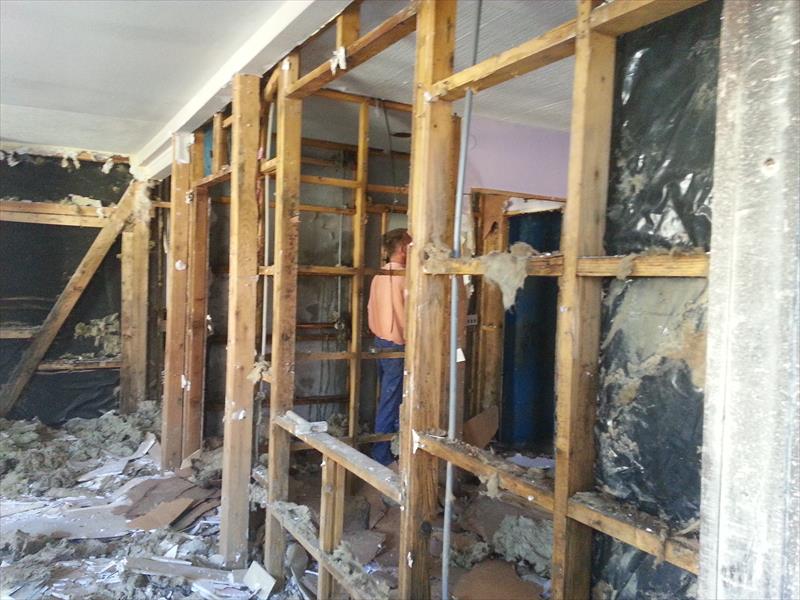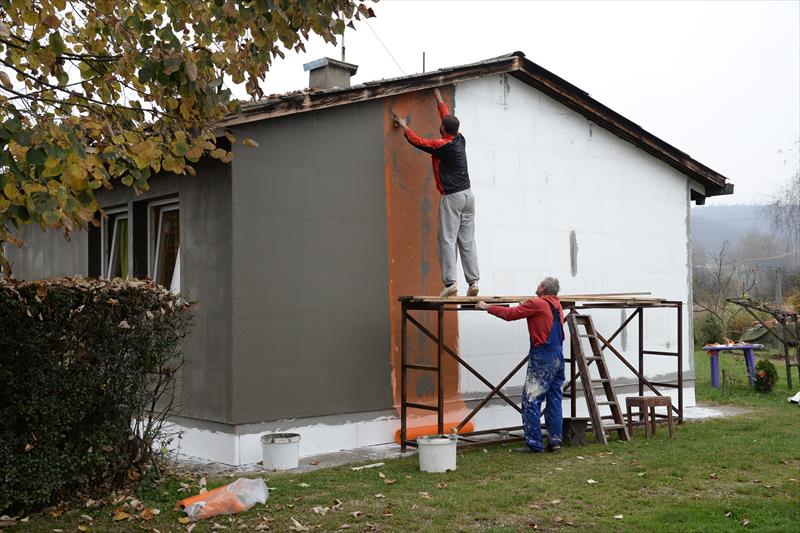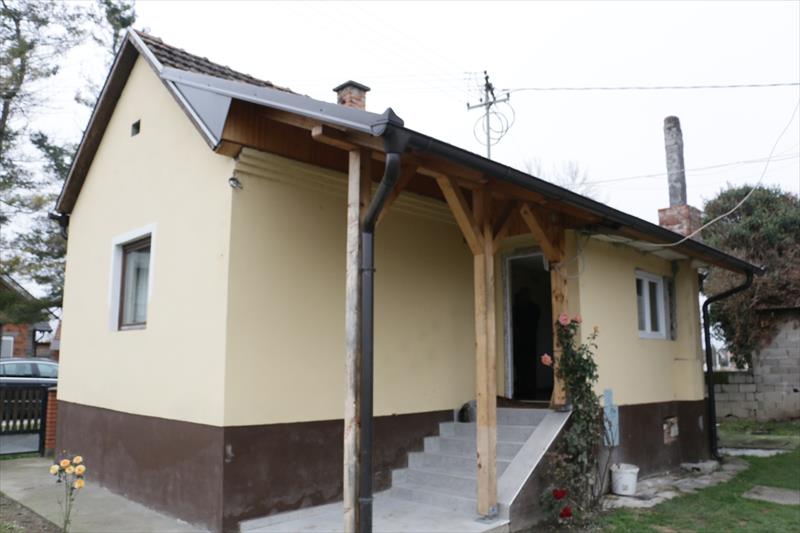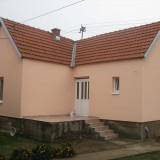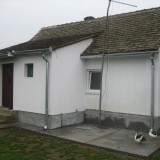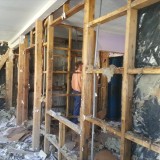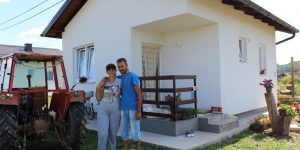The first weekend of 2015 marked the completion of rehabilitation of 1,000 private homes under the EU Floods Recovery Programme across the flood-affected areas in Bosnia and Herzegovina (list of locations). A total of 1,014 homes have been rehabilitated as part of the first phase of the Programme’s housing recovery component, which focused on assisting the most vulnerable flood victims to return home. The beneficiaries of the first phase included families who resided in collective accommodation facilities, families living below the poverty line, senior citizens and persons with disabilities.
“These funds are part of the EU’s pledge made at the Donors’ Conference last year. The achievement of this important milestone brings the first phase of the Programme’s housing recovery component to an end. The first phase targeted those who needed our help the most and we are pleased to have assisted more than 3,500 people to move back to their homes. This has made a big difference for all these people, and it is great to begin the new year with such good news,” said Andy McGuffie, Spokesperson of the EU Delegation to BiH and EU Special Representative Office.
The housing rehabilitation works under the Programme were launched in mid-September 2014 and originally the objective was to rehabilitate 600 homes by the end of the year. However, the pace of the works was accelerated during the autumn as it became clear that more vulnerable families were in need of rehabilitation assistance ahead of the winter. In many cases the rehabilitation process has been far from simple due to the extensive damage caused by the floodwaters. Walls needed to be properly dried and refurbished; new floorings and indoor and outdoor carpentries installed; and roofs and facades repaired to protect the homes from the rain and snowfall. The Programme has contracted a large number of construction firms across the flooded areas to implement the rehabilitation works.
Overall, the EU Floods Recovery Programme aims to rehabilitate up to 4,000 homes damaged in the floods and thus directly assist around 14,000 people to return home.
In addition to the 1,000 homes completed already, another 3,000 homes are currently being selected for rehabilitation from among the applicants who responded to the two public calls in late 2014. The selection and verification process has now been completed for nearly 1,000 units, while the selection of the remaining 2,000 beneficiaries is ongoing. Tendering procedures will be launched shortly for contractors to implement the rehabilitation works on the selected 1,000 units – focusing on the municipalities of e.g. Banja Luka, Bijeljina, Šamac, Doboj, Maglaj, Orašje, Odžak, Tuzla, and Domaljevac.
“The selection and verification process of applications is designed to ensure transparency and adherence to the selection criteria, as well as to avoid overlapping with other donors’ activities. We therefore closely cooperate with the relevant local authorities and will continue to do so until the end of the process,” said Edis Arifagić, the UNDP Programme Manager for the EU Floods Recovery Programme.
The EU Floods Recovery Programme was launched to restore normal living conditions in local communities and ensure that the aid reaches the most vulnerable ones in the aftermath of floods in May. Funds are being used to restore public services and infrastructure, rehabilitation of housing units for the most vulnerable people, and for social and economic recovery of local communities. The value of the overall programme is 43.52 million, out of which 42.24 million is provided by the European Union.
This assistance is a part of the funds that the European Union pledged at the donor conference in Brussels in July 2014. Activities are focused on rehabilitation of up to 4,000 housing units for approximately 14,000 residents, and key public services and infrastructure (including schools, medical facilities, water supply and sewer, and smaller roads and bridges) at 50 sites, as well as providing assistance to retain and generate around 2,000 jobs in flood-affected areas. Beneficiary selection is based on the Recovery Needs Assessment, public calls and cooperation with local authorities, with special emphasis on the most vulnerable population categories, such as the elderly, families with children and persons with special needs. The programme is implemented by the United Nations Development Programme (UNDP), the United Nations Children’s Fund (UNICEF) and the International Organisation for Migration (IOM).

